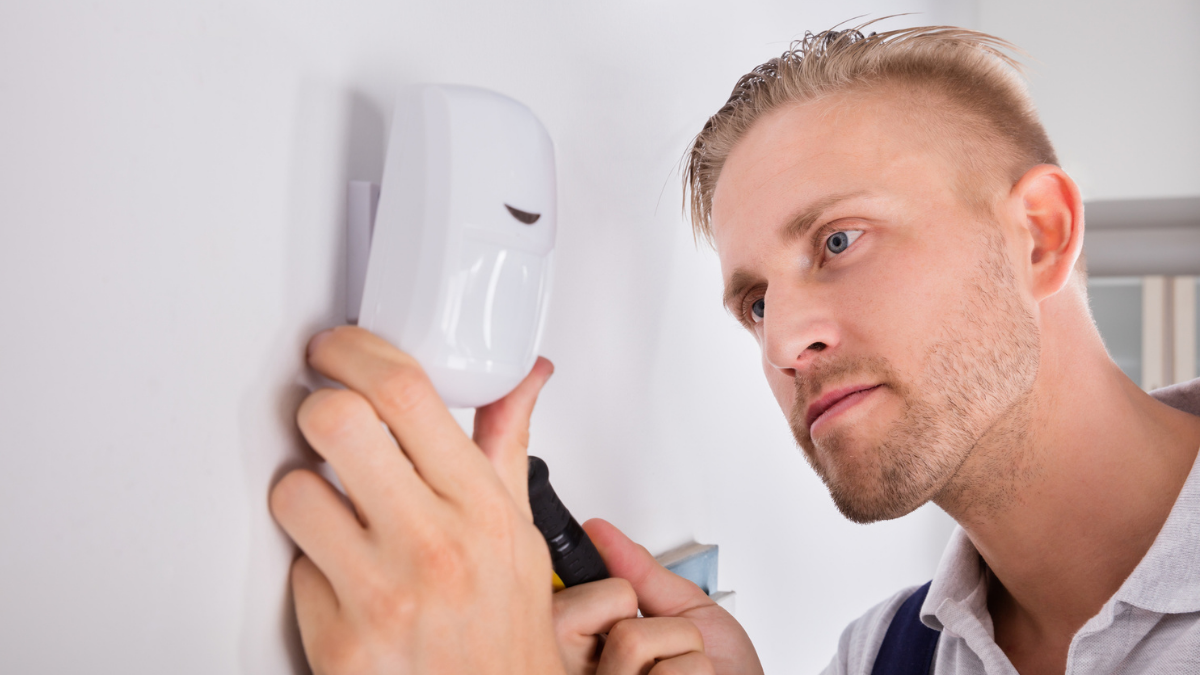Nearly 100 years ago, America was in the throes of the Great Depression. Even during these tumultuous times, though, engineers managed to use skill and grit to build something amazing: The Hoover Dam. Situated at the Arizona and Nevada border, this impressive concrete marvel attracts almost 1 million visitors annually. So, how was this feat of engineering accomplished?
Home security 101: The best and worst places to set up motion sensors
If you want to build a robust home security system, motion sensors are a must. They let you know when an intruder has already breached your defenses so you aren’t taken by surprise. With their help, you can formulate a plan of defense and take action.
Motion sensors are just like real estate in that it all comes down to location, location, location. You’ll get better results if you set up your sensors in specific areas — and you can shoot yourself in the foot if you put them in ineffective places.
Here’s our guide to the best and worst places to set up motion sensors, brought to you by our sponsor SimpliSafe.
Do place a sensor on the the alcohol cabinet
If you have teens in the house, you want to make sure they’re safe. When you leave for date night or a business trip, you won’t be able to physically keep an eye on your wine cellar or alcohol cabinet. To make sure your kids are staying away from the hooch, set up a motion sensor that will tip you off when someone’s moving the door or opening up a cabinet they shouldn’t be.
Don’t place a sensor near a heat source
Avoid placement near anything that causes sudden changes in a room’s temperature. So if you have hot air vents, radiators, kerosene heaters or any kind of portable heater, keep your motion sensors far away. The change in temperature could trigger a false alarm.
Do place a sensor in the corner of your master bedroom
Security experts say motion sensors work well when you place them in the corner of a room. If a burglar sees a sensor, they may look for a blind spot to take advantage of, so it’s best to try to hide them. Plus, this placement makes sensors more likely to notice unauthorized motion since they’re covering a large swath of the room.
Many of your valuables are likely in the master bedroom, which is why many home invaders target this room first. They want jewelry, money, personal gadgets and other valuables. So don’t miss out on your master bedroom when you’re setting up sensors.
Do place a sensor on the medicine cabinet
You’d be surprised to find out how much your pain medication can make an unscrupulous house guest. It’s not unheard of for people to sneak into their host’s bathroom and rifle through the medicines to find pills to steal. Catch any potential “entrepreneurs” by placing a motion sensor on the door so you can know right when someone’s breaking in.
True or false: You can use any charger with your phone or tablet
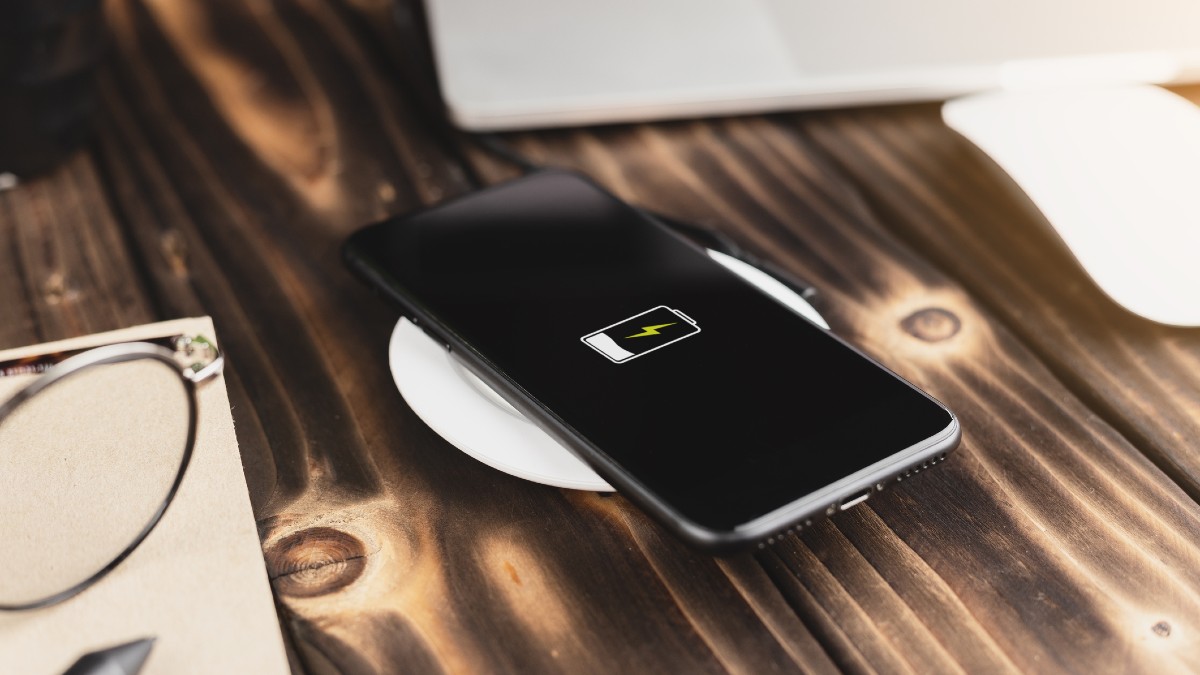
Your device’s battery life is only as good as the care you put into it. Bad charging habits are common, and while the manual that comes with your phone contains charging tips, you have to read it to understand them.
How the Hoover Dam was built
6 crafty ways thieves will steal your car and parts
If you’re anything like Kim, you’ve poured a ton of time, money and love into your cars. That’s why it’s devastating when you slam the gas pedal and your car refuses to start, screeching instead. When you hear that roar, consider it a calling card from a carjacker.
How to store a digital copy of your vaccination card on your iPhone or Android
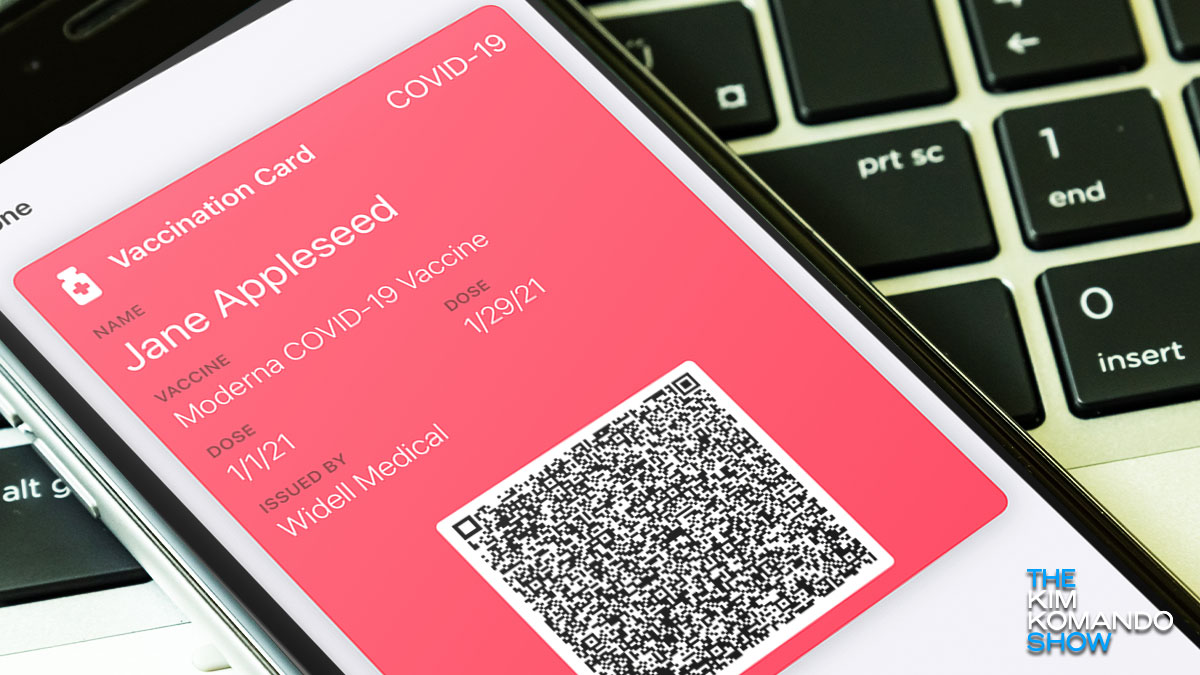
If you want to enter certain countries or attend some public events, you’ll need proof that you’ve been vaccinated against COVID-19. If you’ve already received one or more doses, you know how important that little card is. It’s a record of which COVID-19 vaccine you received and the date and place you got it.
What happens when a baseball hits a gong at over 1,000 mph?
Some professional baseball pitchers can throw a ball around 100 miles per hour. But, what would happen if you built a cannon that could fire the balls faster than the speed of sound? Well, this engineer did just that, and the results are astounding.
How to stop junk text messages and spam for good
Think about just how many times a day your phone, computer, tablet, watch and other gadgets buzz or ding. It gets annoying and distracting.
Much of that is likely because you haven’t taken the time to clean up your notifications settings. It’s easier than you think with this quick tech fix. While you’re adjusting settings, I bet you’ll find apps you haven’t used in ages. Tap or click for 5 apps you should delete right now.
Car warranty robocalls: Here’s why you get so many
Not long ago, I called a friend. After a few rings, her old-school answering machine answered. “Hello,” I said. “I’m calling today with important news about your car’s extended warranty.”
She picked up immediately and yelled, “Stop calling me!” I had a good laugh, and it’s no wonder that set her off. Auto warranty scam calls have to be the most irritating and intrusive in the history of telemarketing.
5 simple ways to protect your home this winter
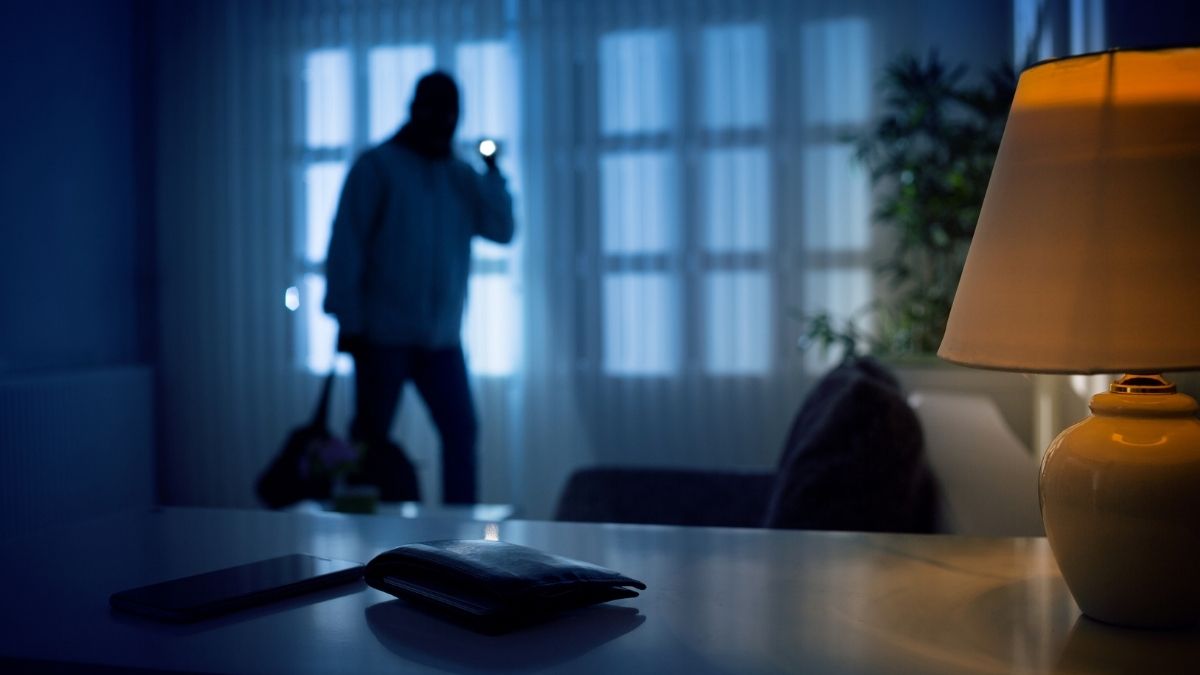
Winter months can bring some serious challenges for homeowners. Icy driveways, slick walkways and frozen pipes can cause a lot of damage.
Whether you tough it out or take off to warmer climates, you want to keep your home safe over the winter months. That means you need protection from thieves while you’re away. Protect your home with the security system that protects Kim’s family, SimpliSafe. Visit SimpliSafeKim.com today to save 40% on a home security system and get your first month free when you sign up for Interactive Monitoring.
How radar has changed over the last 60 years
The military has used radar since World War II. It lets us detect incoming planes before they attack and allows us to track weather patterns worldwide. Since its inception, though, radar has gained another use: To help us see what’s above us much more clearly.
List: The very worst gifts you can give if you care about privacy

Anytime you go online or use a connected device, your privacy is at risk. This isn’t to say you should throw away all your tech and live in a cave, but there are ways to minimize exposure.
Let’s start with your choice of browser. This has a significant impact on your online experience. Many browsers share popular features like dark mode, but when it comes to privacy, you’ll find a greater distinction. Tap or click here for the best privacy-focused browsers, ranked.
True or false: You need a streaming gadget to cut the cord
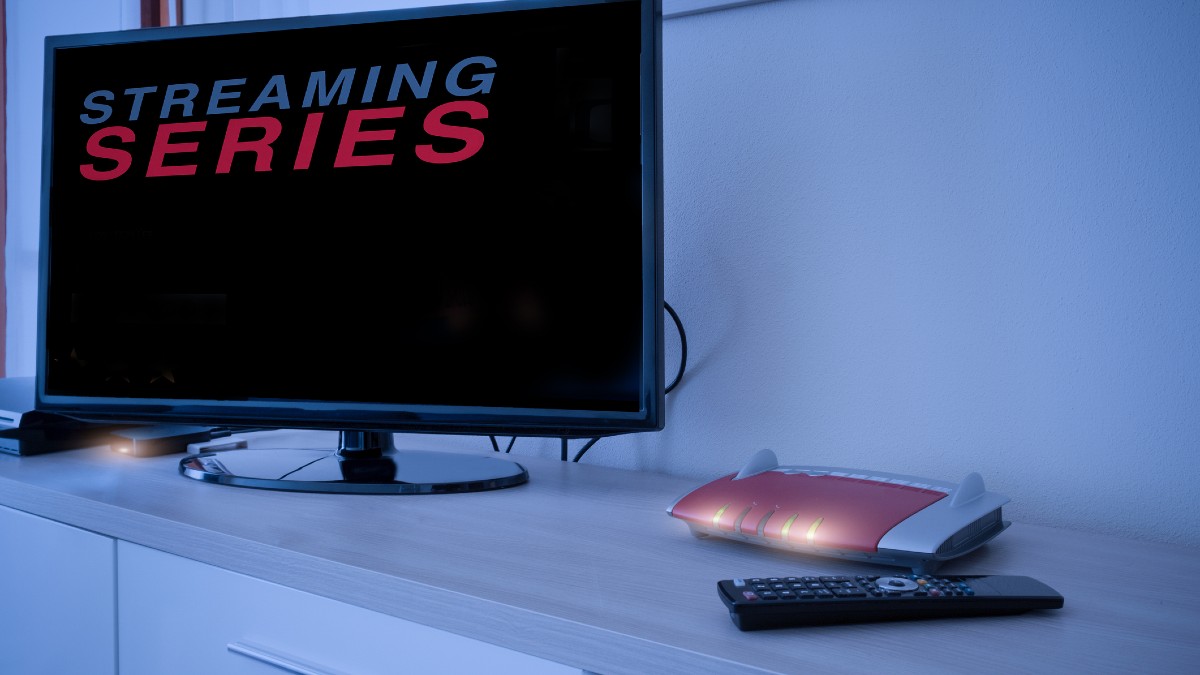
Many are fed up with the rising costs of cable and satellite. And the more equipment you have, the more that can go wrong, adding to the inconvenience. It’s no surprise that cord-cutting is gaining momentum.
Your mind may stray to countless available streaming options, but an old method of watching TV is making a comeback. You can throw it way back by purchasing a TV antenna, but it won’t resemble anything like the rabbit ears you may remember. Tap or click here to learn about the differences between indoor and outdoor antennas and which is right for you.
5 clever scams making the rounds you need to know about

Another day, another scam. Or should we say scams? There seems to be no end to discovering crooked schemes that use every means imaginable to trick people out of their information, data and finances.
Everyone’s received text messages from unknown numbers. Sometimes it’s a service or business you use that isn’t in your contacts. It could be your food delivery app letting you know that your grub is on the way. It could also be the first step in a scam. Tap or click here to learn how the scheme works and how to keep from falling victim to it.
Anyone can see the layout of your home and what you paid for it - Do this to stay safe
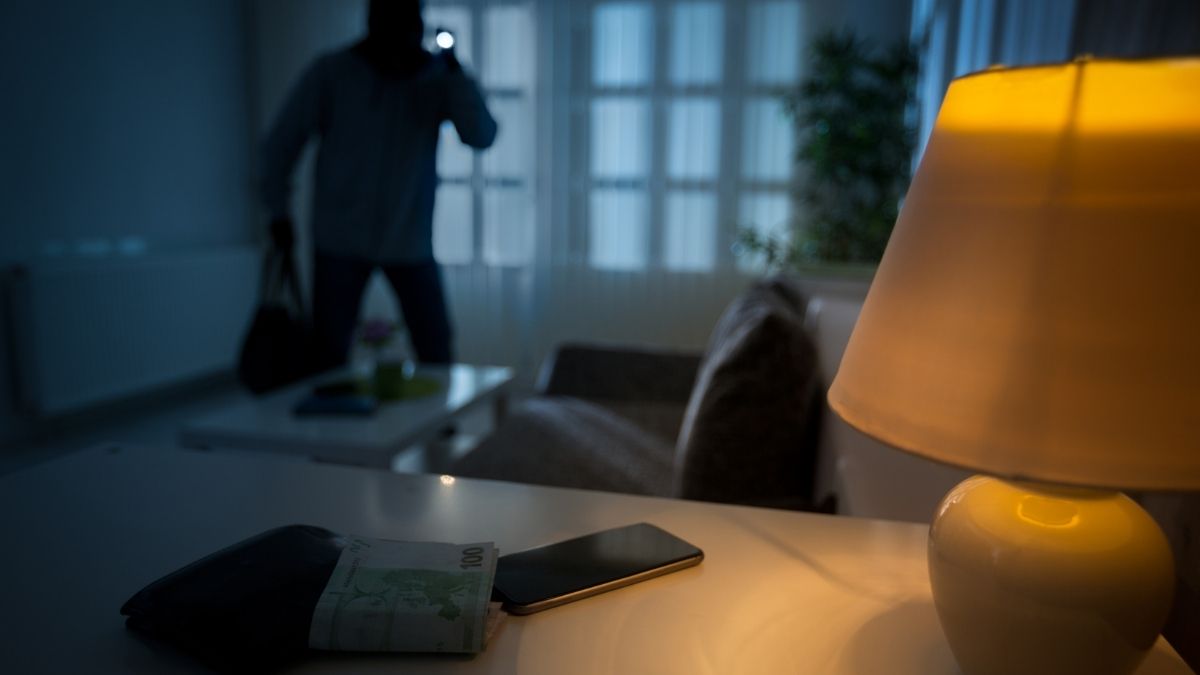
There’s more information about you online than you probably realize. Your hacked passwords, your address, even your credit card details.
Details about your home are everywhere, too. Government sites and resources like Zillow and Redfin list everything from what you paid to the very layout of your house.
58% of workers fed up with their computers - Are you?

Work laptops come with all sorts of problems. At first, you might be excited at the prospect of using tech you didn’t have to pay for. After all, many people can’t afford a laptop, so it can seem like a blessing in disguise.
10 most-stolen dog breeds and 3 smart ways to protect your furry friend
Few things terrify a pet owner more than finding out their furry friend disappeared. In the U.S., around four million dogs go missing each year. Pet owners have a lot to worry about: medication, closing gates, so the dogs don’t get out and even outright kidnappings.
Streaming comparison: Roku vs. Apple TV vs. Fire TV vs. Chromecast

The pandemic boosted the popularity of streaming as social distancing and remote work caused people to stay home. Online media companies helped fill the void by expanding their libraries and adding new content to stream, including big-budget productions that never made it to theaters.
How to try out a new TV from Hisense for 100 days, no strings attached

The tricky part about shopping for tech is you never know how it will work once it’s in your home. You can look at a TV and imagine it in your living room, but you can’t be sure about its performance until you’ve used it. There’s nothing worse than buying a costly gadget, only to find out it doesn’t work the way you wanted.
A mysterious salmonella outbreak has spread across 25 states

The Centers for Disease Control is a major part of the Department of Health and Human Services. The CDC protects the U.S. from health, safety and security threats, both foreign and domestic.
The agency has been at the forefront of news since the pandemic swept across the country. It has been studying COVID-19 and advising on how to deal with the virus. Tap or click here to check out an interactive map that tracks the Delta variant’s movements.
3 reasons the new Kindle Paperwhite is worth the upgrade
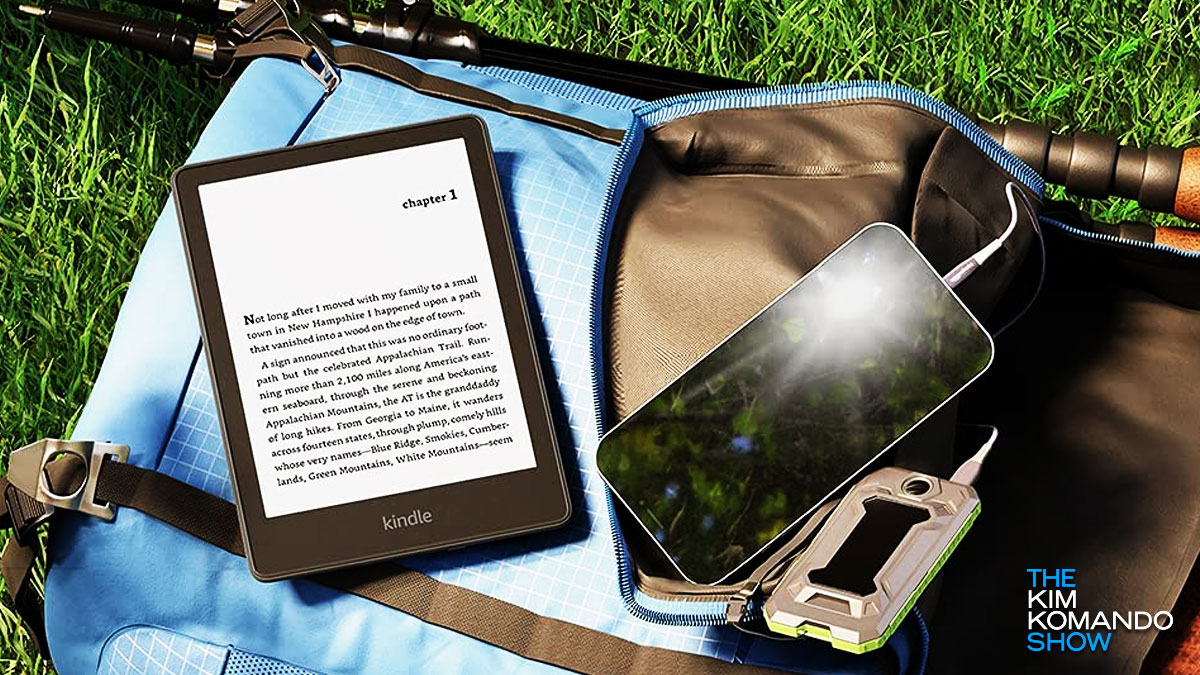
You probably know that reading is better for your brain than social media. Healthline reports that reading can even prevent age-related cognitive decline. But most of us spend more time scrolling on our phones than reading.
